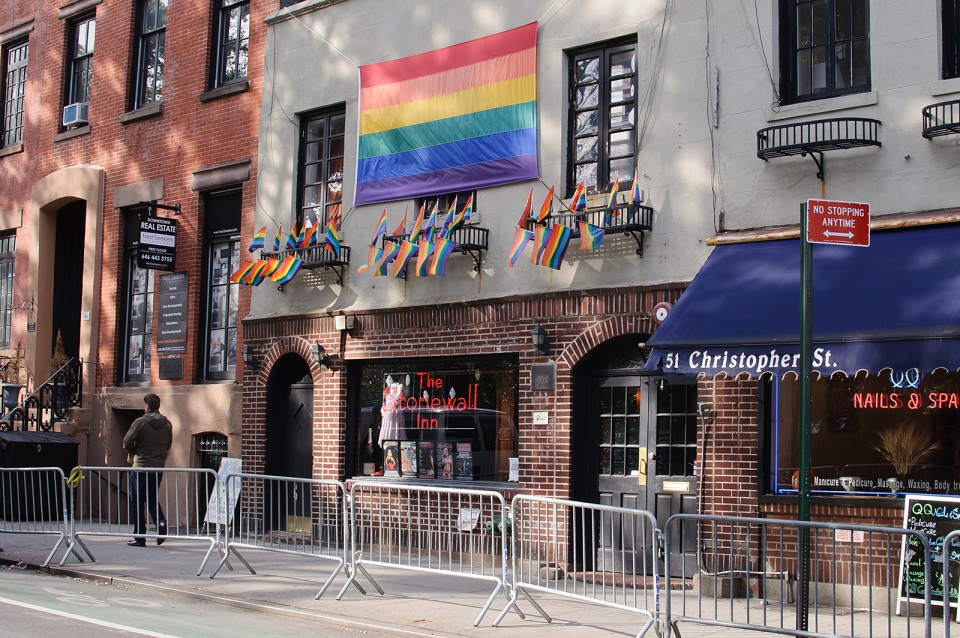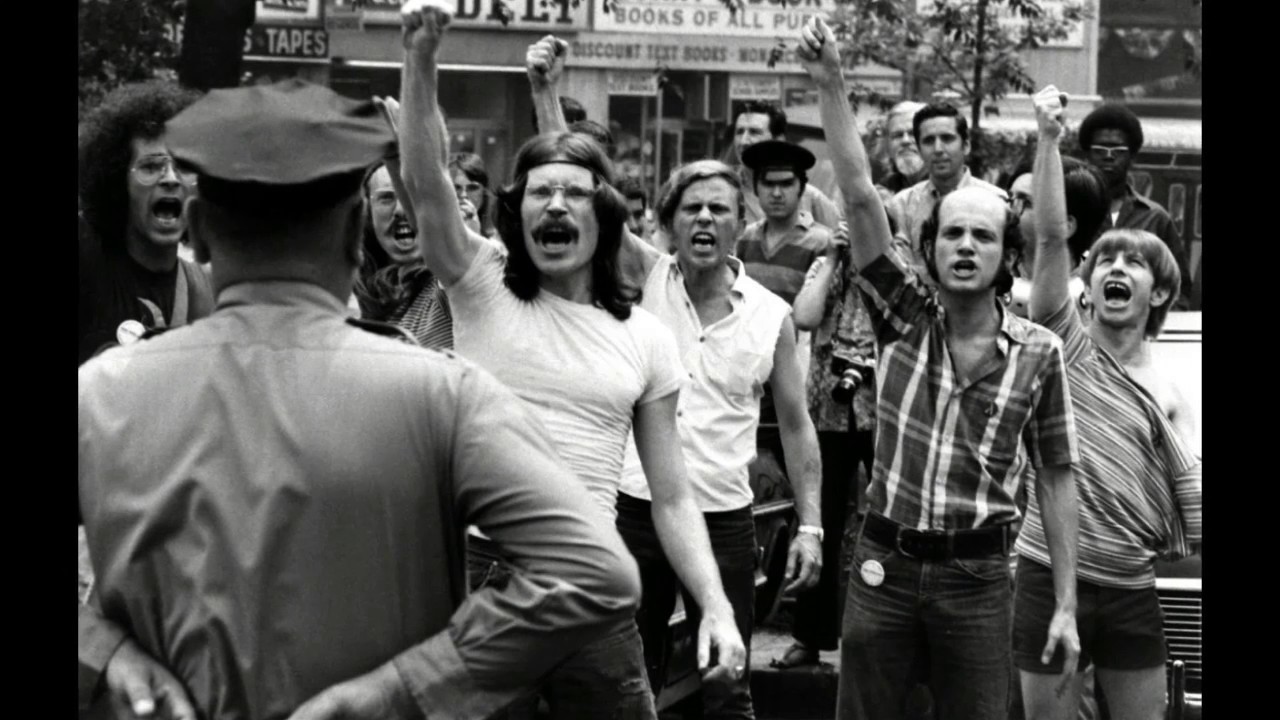
As we celebrate pride month, we at Nexus Radio wanted to take a closer look into one of the most famous moments in modern Queer history, how it came to happen, and how it helped change the world.
In LGBTQ+ history, there is no place or event with as ubiquitous an impact as Stonewall. At this point, the Stonewall Riots have become an almost legendary moment – a turning point in the modern fight for Queer equality and Queer rights. For many, they represent the beginning of a movement when LGBTQ+ people turned around and said enough was enough.
The Riots led to a series of marches which, in turn, led to pride month as we know it today. They brought a marginalized community to the forefront, and it is for that reason that they are still talked about.
But where did it all begin?

The Stonewall Inn
These days, the Stonewall Inn is an internationally famous establishment. Not only is it the centerpiece of New York Pride, but it’s also popular all year round as a monument and tourist attraction. People travel worldwide to see this iconic establishment and stand in a place where history was made. But things weren’t always this way.
The Stonewall Inn – or Bonnie’s Stonewall Inn, as it was known – began its life in the 1930s as a speakeasy posing as a tearoom. Originally located at 91 Seventh Avenue, when prohibition ended, the Inn was moved to 51-53 Christopher Street, where it remains to this day. Following a disastrous interior fire in 1964, Bonnie’s Stonewall closed down. It reopened in 1966 under the new ownership of a member of the Genovese family named Tony Lauria – also known as “Fat Tony.”
Now under Mafia ownership, the Stonewall was rebranded as a gay bar in an attempt to turn a profit from this marginalized community. Despite its watered-down drinks and regular police interference, the Stonewall quickly became one of the most popular Queer venues in the city.

June 28, 1969
The Riots occurred on the night of June 28 and spread out over the following days. How exactly they began is disputed, but it’s generally agreed that the violence started when an unidentified trans woman fought back against a police officer. There has been some dispute over who that woman was or ‘who threw the first brick?’ but it’s generally agreed that the raid quickly got out of hand and that some of the most prominent voices that night were those of trans women/people presenting as female.
In the following days, more violence would come, drawing a large amount of press coverage. What happened that night inspired activists to take to the streets, and a year to the day of the Stonewall Riots, the first Gay Pride parades took place.

Diverse Voices
Pride is about inclusivity, and that’s why we must acknowledge the diverse range of voices that helped to spark pride. In the years since Stonewall, it’s a sad fact that the roles of some voices – black, trans, and gender-non-conforming in particular – have been downplayed. The contributions of figures like Marsha P. Johnson and Sylvia Rivera have sometimes been left out of the histories.
We should acknowledge these people’s part in modern discourse and remember that pride is about all LGBTQ+ people. More than anything, the achievements of Stonewall and the subsequent protests were built by unity. To this day, when we look back at Stonewall, we remember a moment when people came together in agreement and fought back.
Wherever you’re celebrating, and whoever you’re celebrating with, we wish you a happy pride month!




